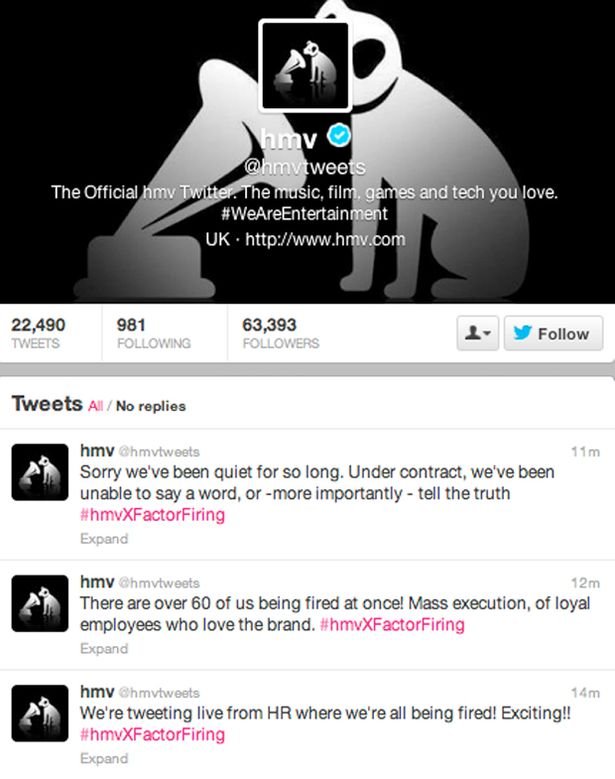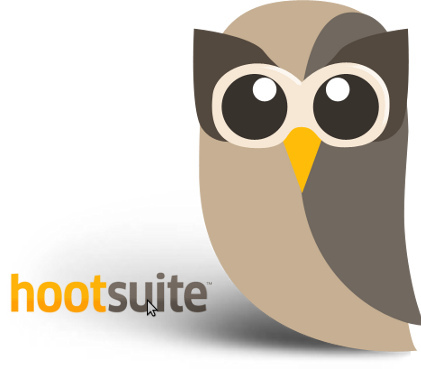Social Media is a vital tool in the modern media landscape, allowing businesses and individuals alike to promote themselves to vast audiences. Despite this, there are pitfalls that are easy to avoid, and top tips that will help you along the way. This post is by no means exhaustive, but aims to give new businesses a starting point to begin promoting themselves via social media:
DO: Create a company profile for the main social networks, and know how to use them.
Twitter and Facebook are the most commonly used social networks, so if you’re really serious about promotion via social media, you need to have these as a bare minimum. Other sites you may want to consider include Google Plus, Instagram, and LinkedIn. Depending on what industry you’re in, there may be social networks that are more closely tailored to an interest which may suit your business, so do your research.
As a general rule, I would advise all businesses to put a fair amount of time into Facebook or Twitter, as they are typically the most effective. Depending on your target demographic, you may want to put your focus on other networks, but no matter what some kind of effort should be put into these two.
Next you need to learn how to use the networks you’ve chosen; it’s no use having accounts if your strategy is ineffective! This leads us into the next point…
DON’T: just signpost things
Signposting, whilst okay in moderation, can be a poor strategy when employed exclusively. Signposting is simply tweeting a link to an article, or something on your website, with a description of what it is. Whilst this kind of thing is often very interesting, followers may end up switching off after a while, or even worse, not bother clicking the links at all. This is especially relevant if you’re a business that’s just getting off the ground. This is, of course, a rule that leaves the possibility for exceptions, but most businesses should remain wary of it. You need to get creative, and think of ways in which you can get users to follow your page.
Picture and video content is often very popular, and will get people to notice. Scroll through a social media news feed, and notice which posts catch your eye. I’m willing to bet that the ones with photos or videos at least made you have a quick scan over what that particular user had to say.
Also, be creative. Create topics of discussion with your users. Ask them questions. Create hashtags relating to what you’re trying to promote. Engage with similar businesses who might be interested in what you have to say. Create your own voice for the account, which incidentally, is the next point…
DO: Create a voice
All of the most successful social media accounts have their own ‘voice’. This can be chatty, serious, jokey, edgy, whatever defines your business best. This can be a tricky thing to do, so here’s a neat trick you can use to find your company’s ‘voice’; if you had to choose a dream candidate to be a representative for your IT business, which one would you choose? Bear with me here. Think about what attributes this dream candidate has, the way they speak, whether they crack wise, whether they’re consistently deadpan and serious. This little exercise should ideally be done collaboratively with everyone who helps to run your social media. At the end of it all you should hopefully have a well-defined idea about what you want your ‘voice’ to be. If you’re really stuck, have a look at successful social media accounts, and see what they do. Generally, the very best accounts will be written in a way that is unique to them, so when users read their posts they know who it is; this is what you want to aim for.
DON’T: be reckless
This should be one that goes without saying, but regular social media blunders by incredibly high-profile companies means it’s something we all need to keep at the forefront of our minds. Social media is instant, meaning that you can get your material out to the public as quickly as possible, but it’s important to assume that it’s also permanent. Never post anything unless you’re 100% sure that the information cannot come back to bite you, or the company in any way. If you think a speedy deletion of the post will suffice, you’re playing with fire. Bloggers and journalists have a penchant for taking screenshots of tweets and posts that companies may regret later, so as soon as you’ve posted it, it’s probably too late.
The best way to avoid this is to come up with a clearly defined strategy many weeks in advance. Come up with tweets, Facebook posts, and posts to any other site you’re using and get them proofread by a number of people at the company in order to check there are no mistakes. Then, use a programme such as HootSuite to schedule the posts for a certain time (more on this later).
Simply googling ‘social media blunders’ will give you a whole host of examples from both individuals and institutions. Some end up irreparably damaging reputations, some don’t. Either way, it isn’t worth the risk. I’ve included one particular example above; HMV fired a host of their staff en masse, but forgot to consider that one of them was their social media manager who had the company account on his phone. Oops. On the flipside, though, if your company is faced by a crisis, Twitter especially can be a great way to speak to your customers. After the Malaysia Airlines plane went down in Ukraine this July, the company used social media to announce information they had as it developed. Rather than drafting a press release, you’re able to communicate with your customers quickly and effectively.
DO: sign up to HootSuite (see, I said we’d come back to this)
As briefly touched upon before, HootSuite is a programme that allows you to manage all of your social media accounts at once, scheduling posts which are then posted by the programme automatically at a time of your choosing. Obviously, this is not a catch-all strategy; there are some posts which will need to be made manually, due to their timeliness. This includes things like important news about your company that needs to be immediately communicated to the public, or responses to users interacting with your content. Luckily, you can actually do this through HootSuite itself; as well as allowing for the scheduling of content you can use the programme to post instantly.
Having a solid catalogue of content ready to go is great; if you dedicate a few hours every week to creating top quality social media posts, and scheduling them for pre-decided times, you can spend the rest of your time on making your business work. It also allows you to quickly check up on all of your accounts at once; you can see who’s been interacting with your content across all of your accounts. This saves you time, constantly logging in and out of different accounts simply to check up on everything can be a nightmare, don’t give yourself the stress. One password, one username, no fuss.
Of course, as I mentioned earlier, if someone replies to a post, it’s good etiquette to reply, which leads me onto…
DON’T: See it as a one-way conversation
The best part of promoting your company on social media is that you can easily interact with your customers. This is an invaluable resource, don’t waste it! You can put all the time and energy you want into your social media strategy, but if you’re not responding to people who are engaging with your content, you’re not getting the most out of it. Suppose somebody tweets you to complain, and you ignore their post? Not only has their issue been left unresolved, but they’re likely to be even more annoyed at you than they were before. Not to mention, you’re left unaware of any grievances members of the public may have with you. On the other hand, what if you ignore a tweet that is overwhelmingly positive? That particular person is unlikely to think any less of you if you do, but it takes seconds to either tweet them back, or give them a retweet. Not only does this give the tweeter a bit of a buzz (after all, that company they love so much knows they exist) but this in itself can act as promotion for your company. Your interaction with this satisfied customer will come up on the feed of everyone who follows you!
You should also interact with people who can help you further your business. So, for example, if you’re an IT start-up, it’s a good idea to start interacting with big tech firms, like Adobe, or big tech conferences like SXSW. In techie speak, we call these people ‘influencers’. If you can get these people to start interacting with you, your page will be seen by many more people. Not only this, if your target influencers that are strongly linked to your business, the people who follow them are likely to be the people you want following you!
We hope these tips and tricks have been useful, but remember, this list is by no means exhaustive! There’s a lot to learn when it comes to social media. If you’re really struggling, here at MOVE Digital we offer social media campaigns, strategies, and consultation, as well as a range of other web-marketing services. If this is something that interests you, drop by the office on Great Titchfield Street, or call us on 020 354 24 970. We’d love to hear from you!






